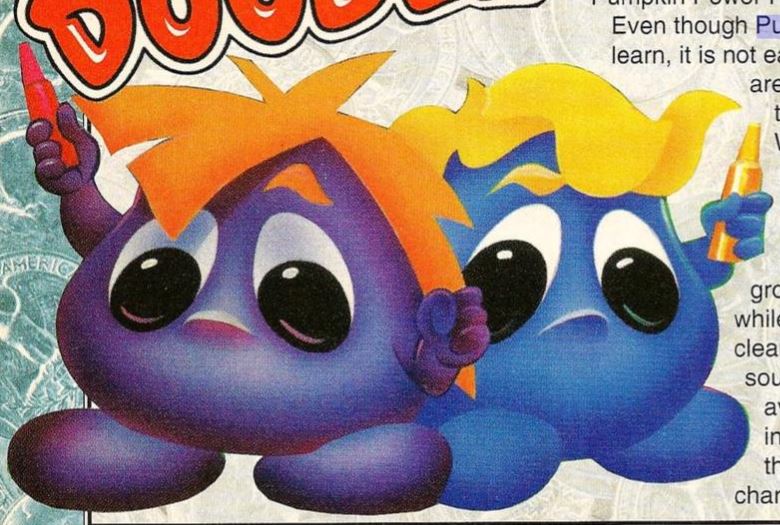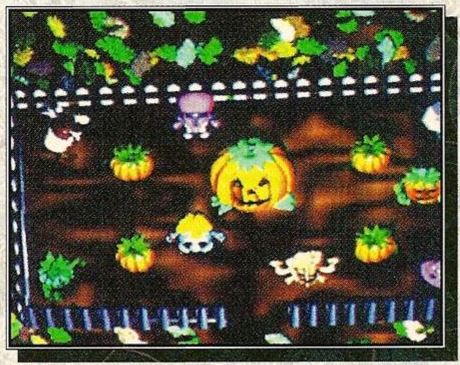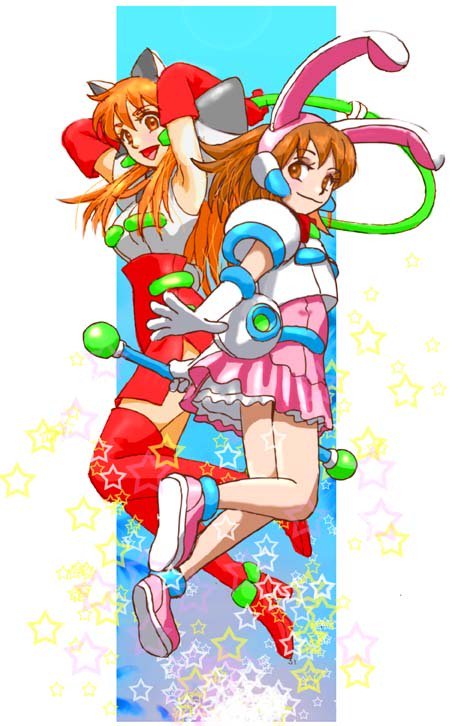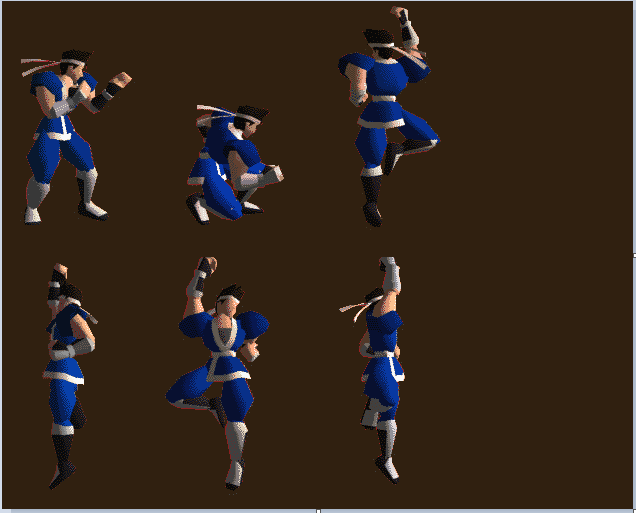Judge Dredd is a cancelled Beat ’em up brawler game developed and published by Midway Games on the arcade, around 1992-1993. It featured digitized graphics and was based on the comic book serie of the same name.
The game reached a near-complete state, with 3 stages finished, and 3 bonus stages after each ‘main’ level. Each stage was different in some way, such as the first being a normal scrolling brawler-style stage, the second being closer to a platform game, and the third being a unique concept, where Dredd has to fight off waves of ‘block warriors’, making sure that the two ever-decreasing bars never reach the bottom- if one of them is emptied, the stage is over and has to be repeated. After the final level is beaten, the game ends with a preview for the next level, apparently featuring the character Judge Death from the comics.
Gaming Hell managed to get in touch with Jake Simpson, former programmer on Judge Dredd, and former artist Erik Kinkead. Both shared details about the development of the game and why it was ultimately cancelled:
So, after the success of Terminator 2 – The Arcade Game, Midway were looking for another movie license to make an arcade game out of, and since the Judge Dredd movie had been announced at the time, they decided to grab the license and beat the cinemas to it. Utilising a slightly-better form of digitised graphics than the original Mortal Kombat (pioneered in this game) it was planned for release in 1993. The inspiration came from a different source.
Jake Simpson: The actual premise of the game was it was supposed to be a cross between Mortal Kombat and Teenage Mutant Ninja Turtles – we literally had one in my office to play, the 4 player version…
It’s a scrolling brawler! You should be familiar with what’s gonna go down by this point- just fight through waves of enemies, and beat the boss character at the end of the stage. In fairness, it’s a rather sophisticated one for its time, as each stage is different in some way, be it the controls or the mission objective. It’s definitely a different approach than the norm.
Jake Simpson: We wanted each level to have a different mechanic (although not too different) because at the time, no one else had done that, at least not in a brawler.
The layout is actually recycled from NARC, Williams‘ ultra-violent run-and-gunner.
Jake Simpson: The control panel was used because ‘everyone else said it had worked out well with Narc. This was my first game, so I just let it go. (…) The jumping level with the robots literally went in about a month before test. It was only because Eric had done some renders of robots and we looked at it them and went “What can we do with this?” – Eric and I built that alone very quickly… I’d never even attempted to code a platformer before and had no real idea what I was doing. (…)
Yes, some of the levels were too hard. They were absolutely designed to be quarter suckers. The trouble with games like this – story games – is that most of the time people will only play through once. This isn’t a sports or combat game where you play to test your skills against another player, so you replay. This is a once through kind of game, so we needed to take as many quarters as we could without pissing off the player, so things were definitely harder than they should be for playing for free on Mame.
After the third shooting gallery, the game abruptly ends and you’re greeted by this screen, which promises that “DEATH IS COMING….”. Obviously, the next stage would’ve involved Judge Death somehow, but how?
Jake Simpson: The last level was basically Judge Death in Resyk – he was reanimating corpses that were rolling out on a conveyor belt at the back of the screen and you were shooting them and him – you’d have your gun but it could be knocked out of your hand and you’d be manno e-manno until another one dropped into the level. The Judge Death stuff was about 60-70% done. We had Judge Death leaping around and attacking you, that much I do remember. I don’t remember if he was reanimating corpses though, even though I knew that was the plan.
Also, in case you’re wondering why Death looks so crazy-awesome here, it’s because he was a mannequin, much like Leglock and Goro from Mortal Kombat. Eric Kinkead was particularly impressed with it.
Erik Kinkead: Oh man, that Judge Death model was so awesome. At least, if not as cool as Goro. I would go into either Tim Coman or John Vogel‘s office and look at that thing constantly. Although that close up picture of him… Doesn’t do the model justice.
However, it was never released. Hell, it wasn’t even completed, but was playtested in Chicago. Unfortunately, the locaction test didn’t quite go to plan, so the plug was pulled on the project.
Jake Simpson: We were still relatively early in development to be testing – normally the game doesn’t go out on test till it’s 100% complete and we weren’t – but we were starting to get glimmers of the fact that this wasn’t going to be great and we wanted to know early so we could just put a bullet in it and stop wasting our time, if that was the case.
I think part of the reason we did abandon it was because it *was* such a labor of love, and it just wasn’t living up to our expectations, either in what the game was or how it was doing on test.
We never finished it because we put it out on test and it just didn’t do great numbers… I remember having a bug that crashed the game in the block wars and that totally destroyed our on test numbers. I remember at the time NBA JAM was out, Mortal Kombat was out, and our numbers were no where near theirs, so we all got very demoralized and just gave up. In retrospect we _should_ have finished this – Midway paid for the license and we should have completed it. We probably could have in a month. I remember the meeting where we all sat there and looked at each other and just shrugged and said “What were we thinking?”. We were young and stupid. Enough said.
Both Jake and Eric remember a different level that was cut- a Spy Hunter-esque racing stage using Dredd’s Lawmaster.
Jake Simpson: There was another level we had which got cut – the motorcycle chase. It was a top down thing, where you were on his bike and you had to chase a car on a high ramp over the city. The ramp was damaged so you had to jump sections… We cut it because honestly, it was no challenge. A few jumps, some left and right and that was it. Looked gorgeous though, but all that really nice Mega City At Night imagery took up way too much image space, so we cut it entirely.
Sadly, the Lawmaster chase stage was gutted from the location test version to make space for the Death stage.
Jake Simpson: The code for the Motorcycle was there, but none of the graphics were.
Fortunately, the game was preserved, to an extent- although only four boards were ever made, a version of the game slightly older than the version play-tested was dumped and is available to play in MAME.
Jake Simpson: Only 4 machines were made. I had one, that went to my sisters pub in the UK and was destroyed when that burnt down. One went to Tim Coman, one went to Mark Penacho and I’ve no idea where the last one ended up. I also have no idea how the roms got out into the world – I will say that they weren’t the final ones we put out in the world though.
Video:
Images:




